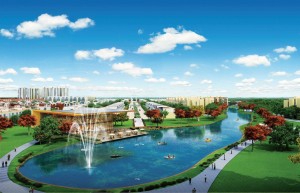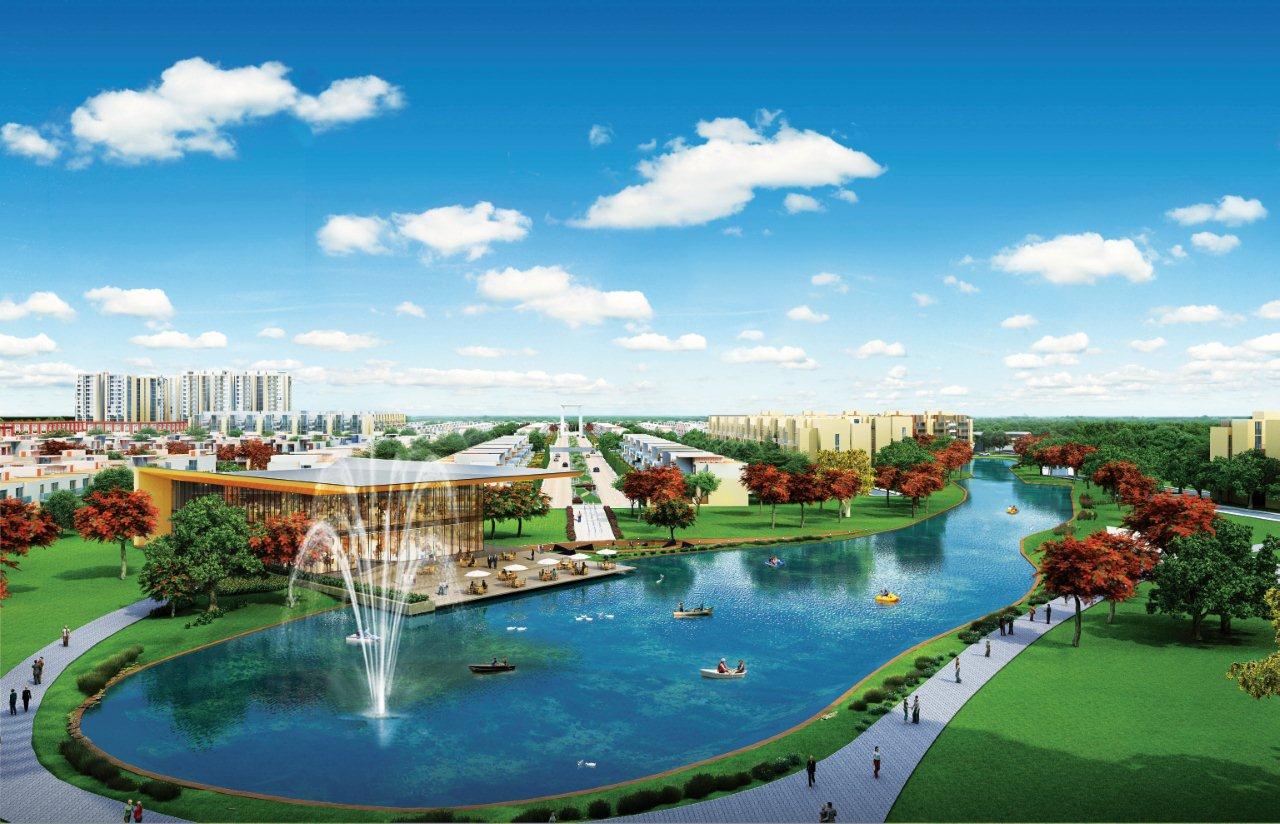 Track2Realty Exclusive: Conceptually across the world integrated townships have gone beyond a well-planned housing complex that meets daily needs of its residents to a functioning city that aims at self reliance. The townships being built today have a balanced configuration of residential and commercial spaces intermingled with well-developed infrastructure and recreational amenities besides the green and open spaces.
Track2Realty Exclusive: Conceptually across the world integrated townships have gone beyond a well-planned housing complex that meets daily needs of its residents to a functioning city that aims at self reliance. The townships being built today have a balanced configuration of residential and commercial spaces intermingled with well-developed infrastructure and recreational amenities besides the green and open spaces.
The provision of such services envisaged usually requires a land parcel of more than 100 acres. As such tracts are usually unavailable in metropolitan cities today townships have to move either in the suburbs where such lands are available or else, the outskirts of the city. Brotin Banerjee says though integrated township is a fast emerging social trend in Indian urban cities, it is slowly gathering momentum in smaller cities.
“Due to huge demand coupled with convenience and economy, an integrated township offers all these amenities and at a relatively low and affordable price. Witnessing the current inflation rate, the prospects of a reduced cost-of-living has always tempted consumers. The trend will soon turn into a necessity with growing urbanization in the coming years. We have been successfully developing integrated townships in various locations across India and the response has been overwhelming,” says Banerjee.
“As land prices peak in key cities and basic infrastructure lagging to balance with increasing populace, the property developers are building cities away from the city to facilitate better quality lifestyles. The enhanced lifestyle and community living are now perceived to be synonymous with the concept of integrated townships,” says Kaushal Sampat, President & CEO, India, Dun & Bradstreet, a global business information and knowledge provider.
But to make a township successful on the outskirts, it has to be developed as the corridor of self sustaining economic activity. Many of the integrated townships in the Indian context are not actually the economic corridors that have the ability to create a large number of commercial and industrial jobs. At the best, they have been self-contained units offering residents everything for their daily needs, with the office spaces to promote walk-to-work.
“An integrated township is a well planned project where spaces are clearly demarcated for residential, commercial and institutional and social use. However, the township format, although not new, is still not a unified one across the country. This lack of common definition means that anything from a development of 25 acres to 2,500 acres is being touted as a township,” says Neeraj Bansal, Partner, Real Estate & Construction, KPMG India.
…..to be continued





